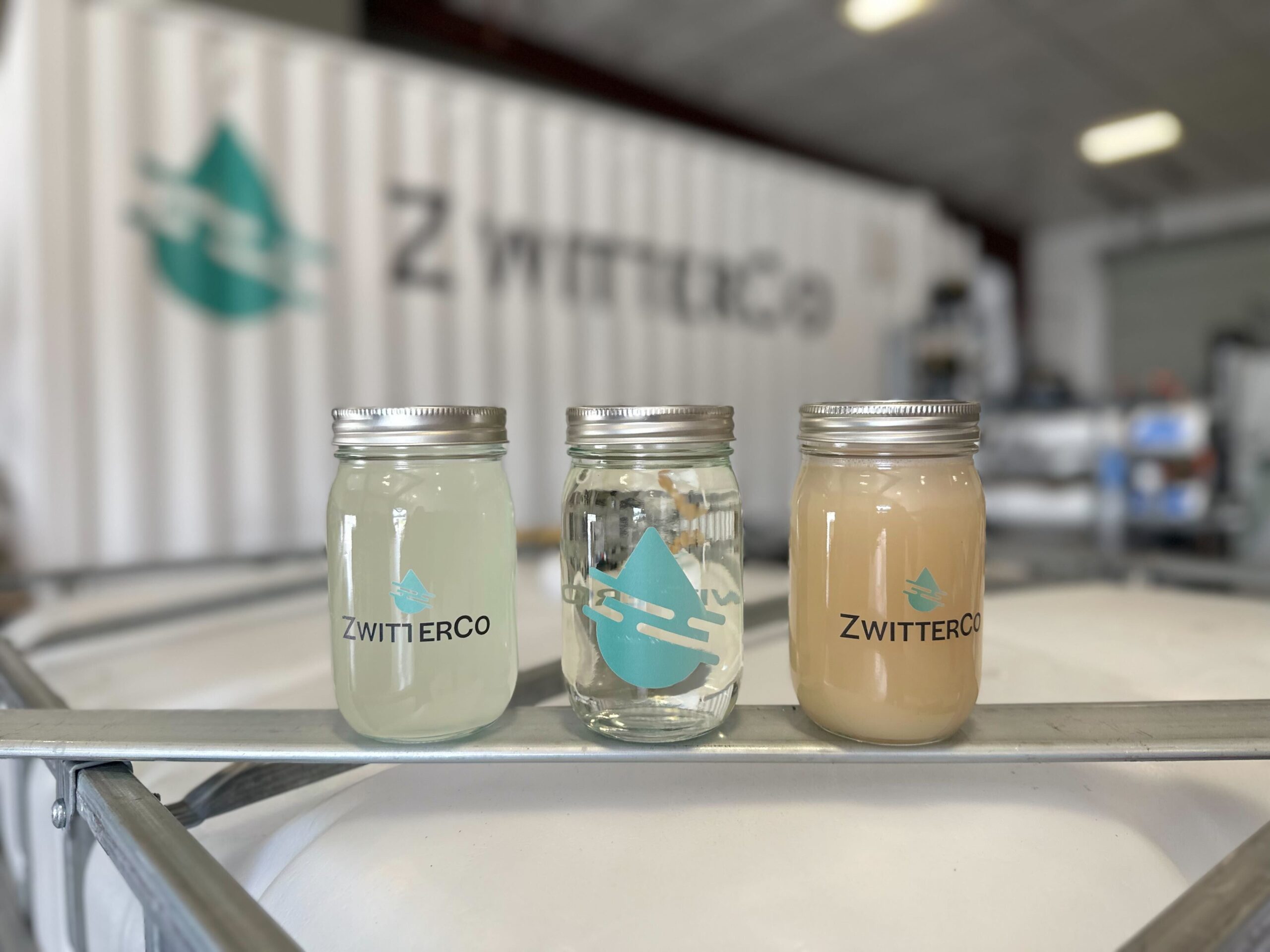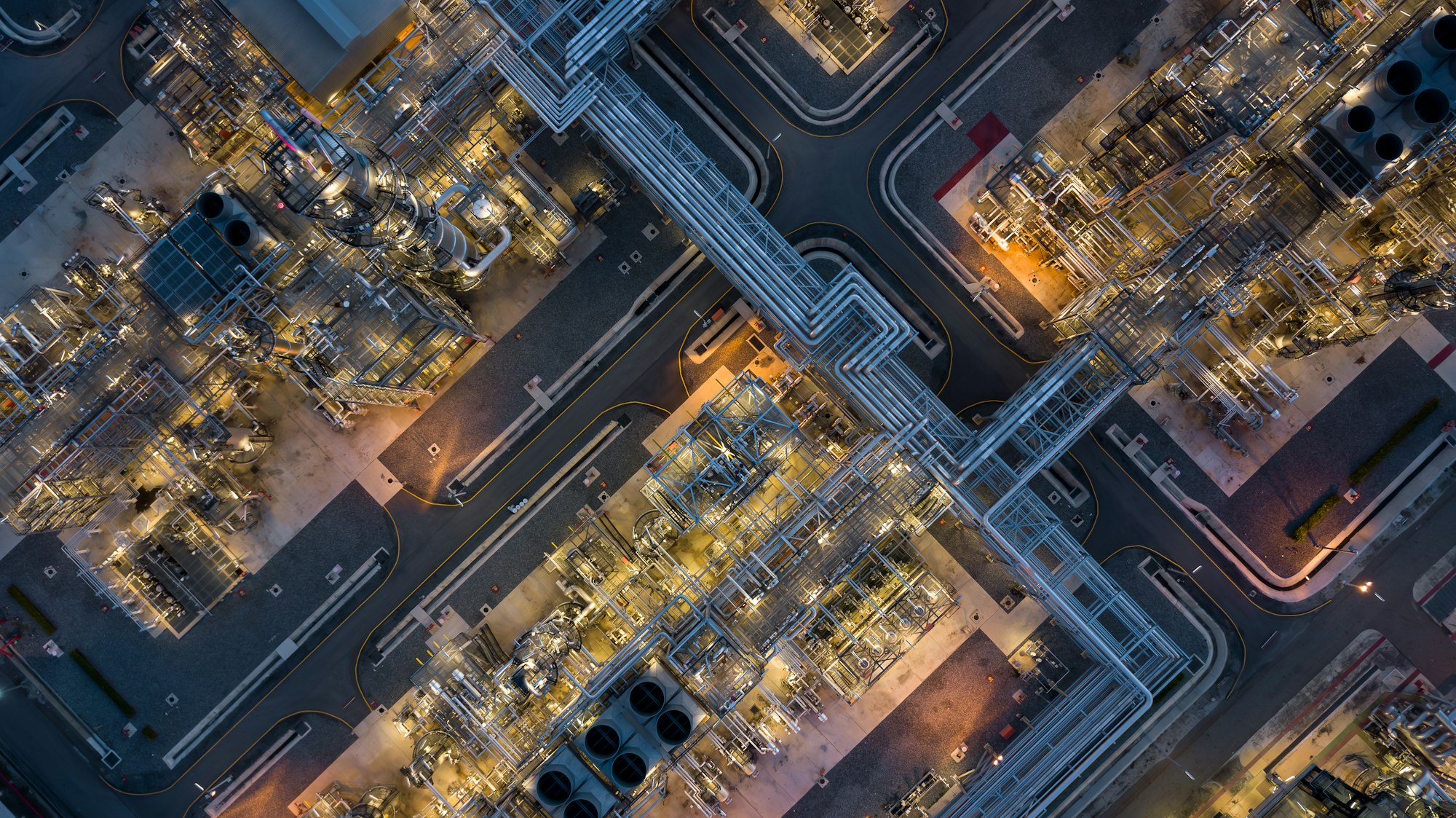Cut Cleaning Costs, Stabilize Operations and Enable Refinery Wastewater Reuse with Fouling-Resistant Membranes
Refinery wastewater isn’t just complex but unpredictable. Effluent from desalting, cracking, and other refining units produces a variable stream rich in suspended solids, emulsified oils, and soluble organics such as BTEX, phenols, and PAHs. These contaminants drive high TOC and COD levels, contributing directly to membrane fouling, unstable system performance, and inconsistent effluent quality.
As oil & grease and COD concentrations fluctuate, traditional technologies struggle to maintain uptime and treatment reliability. Operators are left facing:
- System instability when feed concentrations spike, triggering emergency shutdowns or bypass events
- Irreversible membrane fouling caused by spiking or persistent hydrocarbons and organic loads
- Cleaning protocols that fall short, requiring aggressive chemicals yet failing to restore baseline performance
- Rising OPEX from downtime, chemical consumption, and frequent membrane replacements
- Barriers to reuse, due to inconsistent effluent quality under shifting feedwater conditions
ZwitterCo’s fouling-resistant membranes provide reliable pretreatment and polishing for refinery wastewater, reducing cleaning frequency, enabling full recovery, and lowering OPEX, paving the way for consistent reuse and sustainable operations.
Membranes Engineered for Refinery Wastewater with High O&G and Organics
Refinery Wastewater Treatment Solutions
Are you considering a membrane solution to enable water reuse and reduce fresh water intake?
Are you considering a membrane solution for discharge compliance and reliable pre-treatment to enable reuse?

Enable Treatment and Reuse of the Toughest Wastewater and Process Streams
Membranes Built with ZwitterCore™
Reliable pre-treatment regardless of variation in composition
Capable of handling extreme levels of O&G and other organics
Compact, fast to implement, high reliability and tolerant of upsets

Elevation membranes for refinery wastewater:

Membranes with the Highest Resistance to Organic Fouling
Membranes Built with ZwitterShield™
Shorten cleaning duration and extend time between cleaning cycles
Clean with simple chemicals instead of expensive, formulated cleaners
Reliable operations
Reduce Cleaning Costs and Extend Membrane Life
Simpler Cleans. Longer Runs.
Operators treating produced water with ZwitterCo membranes benefit from lower operating costs through:
- Reduced chemical use during cleaning
- Ability to clean with low-cost commodity chemicals instead of specialty formulations
- Lower water and energy consumption per cleaning cycle
- Longer membrane life due to fewer and less aggressive cleaning cycles


Reliability in High Fouling Environments
Stable under stress.
ZwitterCo’s Expedition SF membranes offer a reliable alternative to conventional pretreatment systems for produced water, especially where high oil & grease content overwhelms standard filtration. Expedition SF membranes can remove contaminants larger than 1 nm and can handle up to 5% FOG and be cleaned with chlorine, maximizing treatment efficiency and producing ideal feedwater for downstream RO.
ZwitterCo Elevation RO membranes serve as a polishing step to remove dissolved salts and low molecular weight organics that pass through pretreatment enabling high-quality water recovery from challenging produced water streams.
Effluent Quality for Discharge or Reuse
Reliable compliance. Ready for reuse.
ZwitterCo membranes deliver stable performance in refinery wastewater treatment, even during feed variability caused by process upsets and cleaning events. Expedition SF membranes provide robust pretreatment by removing suspended solids, oil & grease, and high-molecular-weight organics, ensuring consistent protection for downstream membranes.
Elevation RO membranes polish the effluent by removing dissolved organics such as TOC and COD, supporting reliable discharge compliance or enabling reuse without the frequent cleanings or rapid performance decline seen in traditional systems.


Direct Substitution with Conventional Membranes
Stable under stress.
ZwitterCo’s membranes are built to standard-dimension spiral wound configurations with common feed spacer sizes, including 34-mil and 50-mil options. No equipment modification is required for retrofit your existing or planned refinery wastewater treatment system with ZwitterCo’s membranes.
Contact a member of our team to identify the right product to meet your specs, including:
- Active membrane area
- Element size and feed-spacer thickness
- Pressure requirements
- Separation characteristics

